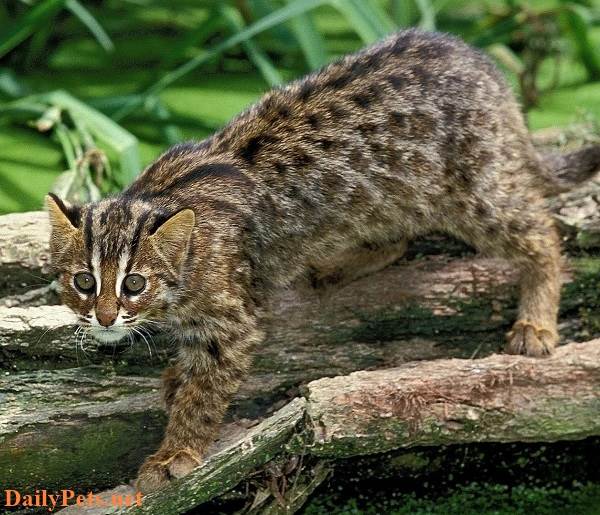Join DailyPets.net to learn more about the Peterbald cat’s origin, characteristics, and care!
Origin of the Peterbald cat
Peterbald cat breed was bred in 1994 in St.Petersburg – Russia. This cat breed is the result of a cross between a male Don Sphynx cat and a female Oriental Shorthair cat. Even so, many Peterbalds are crossbred from Siamese cats and Oriental cats, which significantly affects their appearance.
The Peterbald cat breed was developed by a cat researcher named Olga S. Mironova. The first two litters of four Peterbalds became the official ancestors of the breed. The Peterbald resembles contemporary Oriental and Siamese cats, i.e., they must have a long muzzle, large, wide eyes, wide ears, flat cheekbones, and a slim body with long, slender legs.
Appearance characteristics of Peterbald cats
Peterbalds are elegant and graceful cats. Although they appear to be hairless, most Peterbalds are covered with a short silky coat (more precisely, to say that Peterbalds are hairless). Their bodies are soft and warm to the touch.

Peterbald cat.
The shape of the Peterbald is different from other cat breeds. Their wedge-shaped heads are long and narrow, with high cheekbones and almond-shaped eyes. Their antennae are short near the skin, while their ears are large, set straight and wide at the base.
Peterbald cats are medium-sized with wrinkles all over the body, especially on the head, neck, tail, underbelly, and legs. Their bodies are long, thin, stocky and muscular. Their legs are long with medium oval feet and long, prominent toes.
As for color, all colors and stripes in any combination are acceptable in Peterbald.
Adult female Peterbald cats weigh 6-8 pounds, while adult males weigh 8-10 pounds. However, size and weight vary by bloodline. Peterbald has five types of long, short, thin, and thick coats.
Peterbald cat personality traits
It seems that Peterbald Cat likes to be alone for a few days after moving into a new home. However, they will gradually adapt and get along with their surroundings.
The Peterbald cat is suitable for living in the family and is ready to assist the owner in daily tasks. They are quite friendly and play with children whenever possible. But cats of this breed do not hate dogs and vice versa; they can even play with each other.
In addition to being friendly, Peterbald cats are very gentle with their owners. They love to be petted and played. Peterbald is also very intelligent.
Peterbald Cat’s health problems
As the breed is relatively new and growing, there is no information on genetic conditions. No serious health problems have been associated with their hairless gene. However, Peterbald may have conditions such as liver failure or dilated cardiomyopathy that lead to enlargement of the heart muscle.
Peterbald cat is prone to plaque buildup, gingivitis, and dental formation, which can lead to periodontitis. The disease is quite serious, as it can cause bone, tissue, or tooth loss, and if left untreated, it can affect Peterbald’s overall health.
The average life span of a Peterbald cat is up to 10-12 years, possibly longer if they live in a good environment.
How to take care of the Peterbald cat
Peterbald cat eats quite a lot. You need to feed them a reasonable diet, maybe 4-5 times a day.

The brush-type bristles are typical of the Peterbalds breed. No other breed has such a coat. Peterbald cats need to be warmed during the cold months and covered during the hottest months (due to the risk of sunburn).
In addition, it is necessary to bathe them at least once a week to clean the dirt and oil accumulated on the skin, avoiding inflammatory diseases.
How much does Peterbald Cat cost?
The Peterbald is one of the most expensive cat breeds in the world, with outstanding features and an eye-catching appearance, causing sympathy. On the market, they are priced from $2000 – $4500. To own a Peterbald cat must be imported from Western countries. The price will be higher because of the shipping costs, taxes, and other costs incurred.





